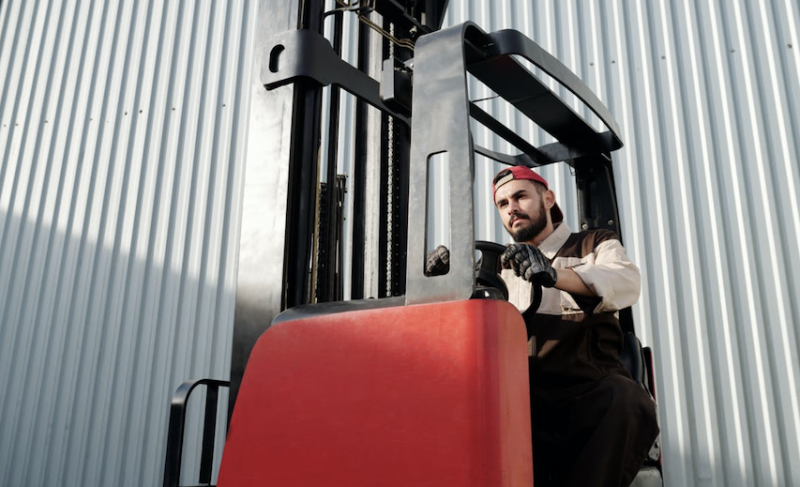When working in manufacturing, or when creating products, it’s very important to make sure that the systems that your staff engage in are safe, and continually reviewed and defined by their safety standards. Implementing the safest production line possible is a task that always works towards the golden standard of accepting ‘zero’ work injuries each year. This standard might seem hard to achieve, but we must strive for it as much as we can regardless.
So – how can you implement the safest production line possible? After all, it’s not good enough to pass industry standards and government inspections, we must make sure our particular setup is properly measured and that its idiosyncrasies are formatted in a manner that aids staff safety and competence, aside from the alternative.
But how can you implement the safest production line possible, without drowning your staff in overbearing safety protocols that aren’t needed, or perhaps getting too bureaucratic in terms of your health and safety? This is a fine line to draw, and one we must not fail in, because this is never ‘an experiment’ to pursue, but a practice to perfect. Let’s consider how you can achieve this, below:
Lighting & Essential Space
The depth of lighting and style of lighting you use will totally influence how illuminated your space is, and how effectively it keeps your staff safe. Effectively no shadows are permissible in an industrial or production environment, because that can potentially lead to obscuring health hazards. The correct installation of non-flickering lights (which can sometimes match with the movement speeds of saws and other installations), are worth considering. No matter the time of day, lighting must come first and serve as the backdrop. Additionally, make sure the setup of the room provides ample space for employees to move around, and trip hazards are nullified.
Failsafe As Necessary
Implementing as many failsafes into your production capacity is essential. This goes from absolute killswitches that can be easily accessed, to installing equipment with sensitivity capacities, so that human interaction isn’t penalized when mistakenly touching certain parts of the equipment (industrial saws that immediately stop are worth investing in). Wide alarm and reporting systems can also alert the entire staff to an issue so that production is suspended if necessary, too.
High-Quality Manufacturing Parts
A production line isn’t the place where you wish to cheap out on insecure, unreliable and ineffective manufacturing parts. This is why it’s important to visit Cbeuptime.com for the most well-curated parts including positive displacement blowers. The more you can ensure each constituent element has been crafted properly, is brand new, and compatible with other fixtures in your production line, the less problems you will face.
Furthermore, with this effort, you’ll also be opening the doors to customizing certain parts specifically for your own requirements. This way, you can ensure the anatomy of your production line is healthy, and that it will have zero harmful impact on your staff, even over time.
With this advice, we hope you can continue to implement the safest production line possible.



